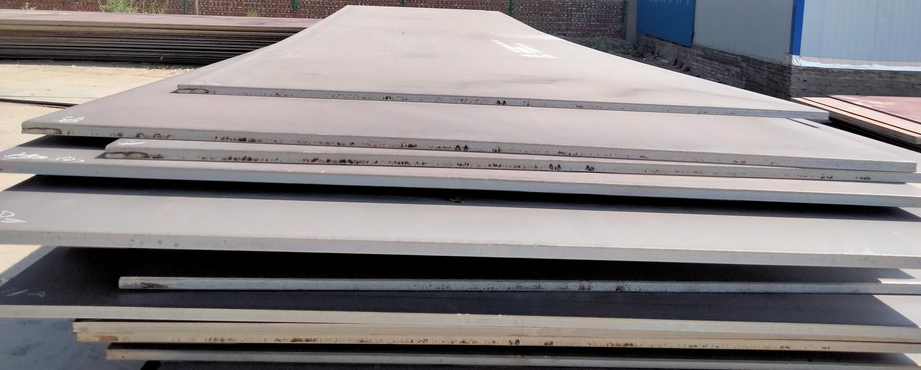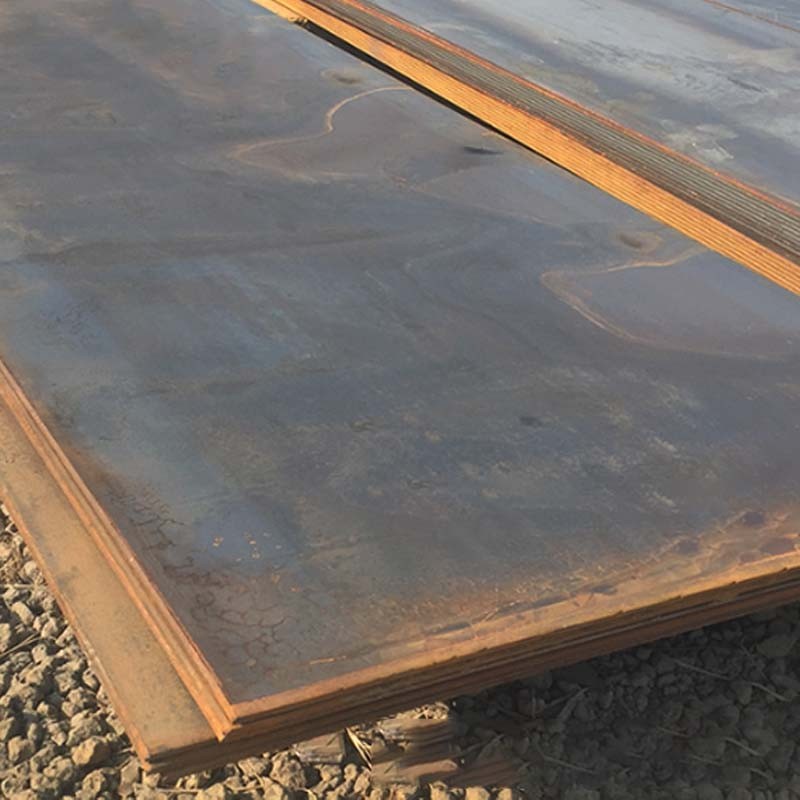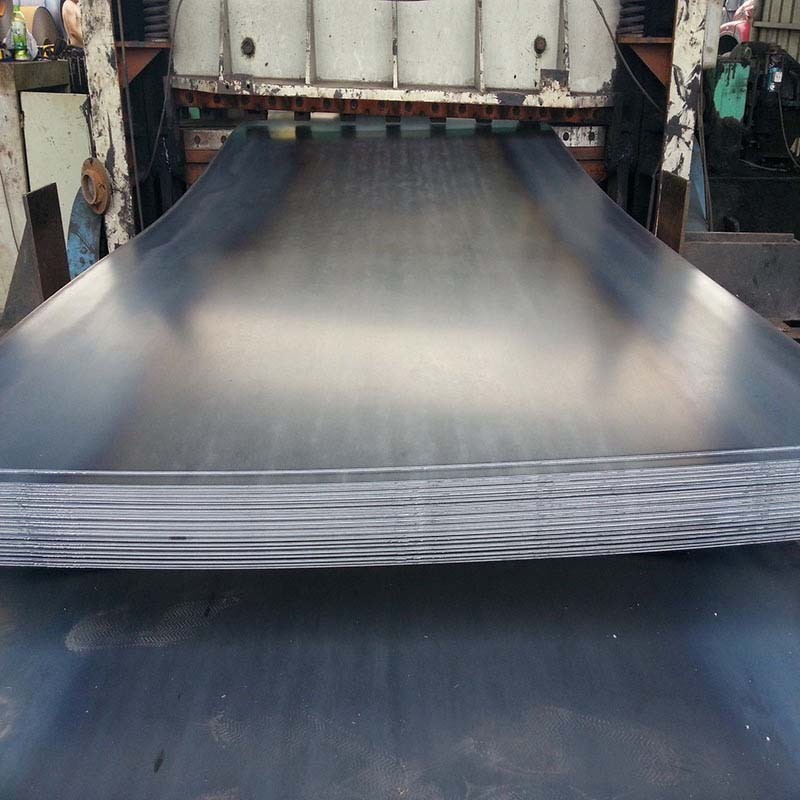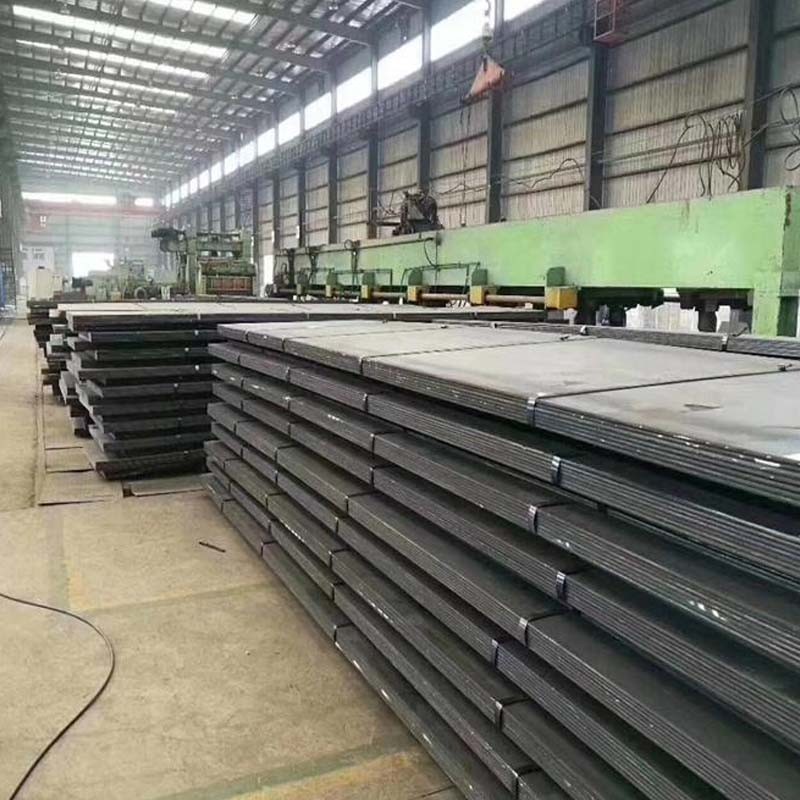Bridge steel plate, also known as bridge construction steel plate, is a specialized type of steel plate used in the construction of bridges. Bridges are critical infrastructure components that require durable and high-strength materials to support heavy loads, withstand harsh environmental conditions, and ensure long-term structural integrity.
Properties of bridge steel plates:
Bridge steel plates are specifically designed and manufactured to meet the stringent requirements of bridge construction. They are typically made from carbon steel or low-alloy steel, and this making technology provides excellent mechanical properties such as high tensile strength, impact resistance, and fatigue strength. These properties are essential for withstanding the dynamic forces exerted on bridges, including the weight of vehicles, wind loads, and seismic activity.
The steel used for bridge plates undergoes a rigorous manufacturing process to ensure uniformity and consistency in its mechanical properties. It is often produced through controlled rolling, heat treatment, and precise alloying techniques to achieve the desired strength and toughness. Additionally, the steel plates may undergo processes such as quenching and tempering to enhance their hardness and resilience.
Bridge steel plates come in various dimensions, thicknesses, and grades, depending on the specific requirements of the bridge design and construction. They are typically fabricated in large sizes to cover the surface area of the bridge deck and provide adequate load-bearing capacity. The plates are commonly joined together through welding or bolted connections to form a continuous and stable deck surface.
In conclusion, bridge steel plates are specialized steel components used in the construction of bridges. They offer exceptional strength, durability, and resistance to various forces, ensuring the structural integrity and safety of bridges for long-term use.
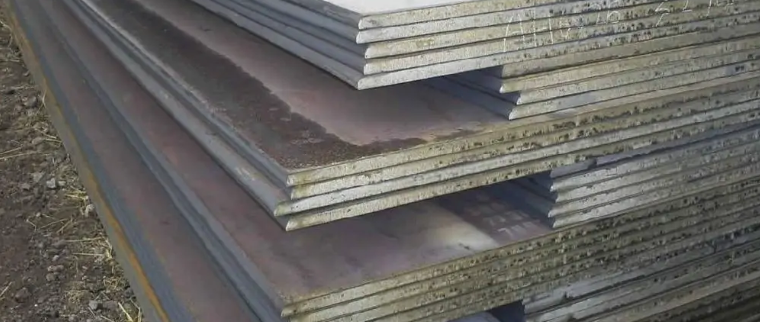
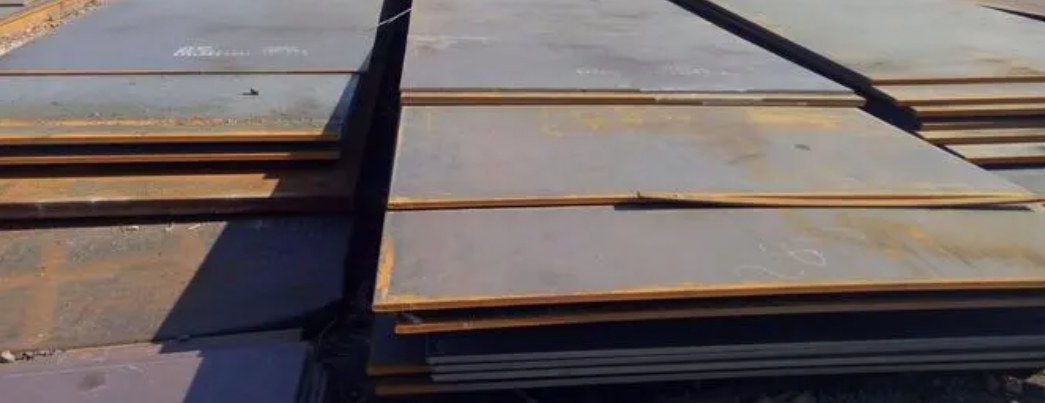
The common steel standards for bridge steel plates in China, the USA, the UK, and Japan are as follows:
China Standard:
GB/T 714-2015: Structural steel for bridge.
This standard applies to structural steel plates for bridges with a thickness not greater than 150mm, structural steel strips and shear steel plates for bridges with a thickness not greater than 25.4mm, and structural steel for bridges with a thickness not greater than 40mm.
GB/T 1591-2018: High strength low alloy structural steels.
This standard applies to low-alloy high-strength structural steel plates, steel strips, section steel, steel bars, etc. for general structures and engineering. Its chemical composition is also suitable for steel billets.
American standard:
ASTM A709/A709M-18: Standard Specification for Structural Steel for Bridges: This standard specifies the requirements for structural steel plates and strips applicable to bridge structures.
ASTM A572/A572M-18: Standard Specification for High-Strength Low-Alloy Columbium-Vanadium Structural Steel: This standard covers the requirements for high-strength low-alloy steel plates and strips applicable to bridge structures.
British Standards:
BS EN 10025-2:2004: Hot rolled products of structural steels - Part 2: Technical delivery conditions for non-alloy structural steels: This standard specifies the requirements for non-alloy structural steel plates and strips suitable for bridge structures. This standard specifies the requirements for the technical delivery conditions for non-alloy structural steel plates and strips suitable for bridge structures.
BS EN 10210-1:2006: Hot finished structural hollow sections of non-alloy and fine grain steels - Part 1: Technical delivery requirements: This standard specifies the requirements for the technical delivery of non-alloy structural steels and steel strips applicable to bridge structures.
Japanese Standards:
JIS G3106-2008: Rolled steels for welded structure: This standard covers the requirements for hot-rolled steel plates and strips suitable for bridge structures.
JIS G3101-2019:Rolled steels for general structure: This standard covers the requirements for general structure steel plates and strips applicable to bridge structures.
China National Standard
GB/T 714-2015:
According to GB/T 714-2015, the dimensions, weights, and permissible deviations of boiler vessel plates are shown below:
Dimensions:
Thickness: 6mm-250mm.
Width: 1500 mm-4700 mm.
Length: 4000mm-16000mm
Weight:
The weight of the boiler vessel plate depends on the specific size and thickness.
Allowable deviation:
The size of the boiler vessel plate is allowed to have a certain deviation.
GB/T 1591-2018:
According to GB/T 1591-2018, the dimensions, weights, and allowable deviations of boiler vessel plates are as follows:
Size and weight requirements:
Thickness: 6mm - 150mm.
Width: 1500mm - 4700mm.
Length: 4000mm - 25000mm.
The standard weight of the boiler vessel plate is the mass per square meter (in kg/m2).
Permissible deviation:
Allowable deviation of thickness: +/- 0.5mm.
Allowable deviation of width: +20mm / -0mm.
Allowable deviation of length: +20mm / -0mm.
